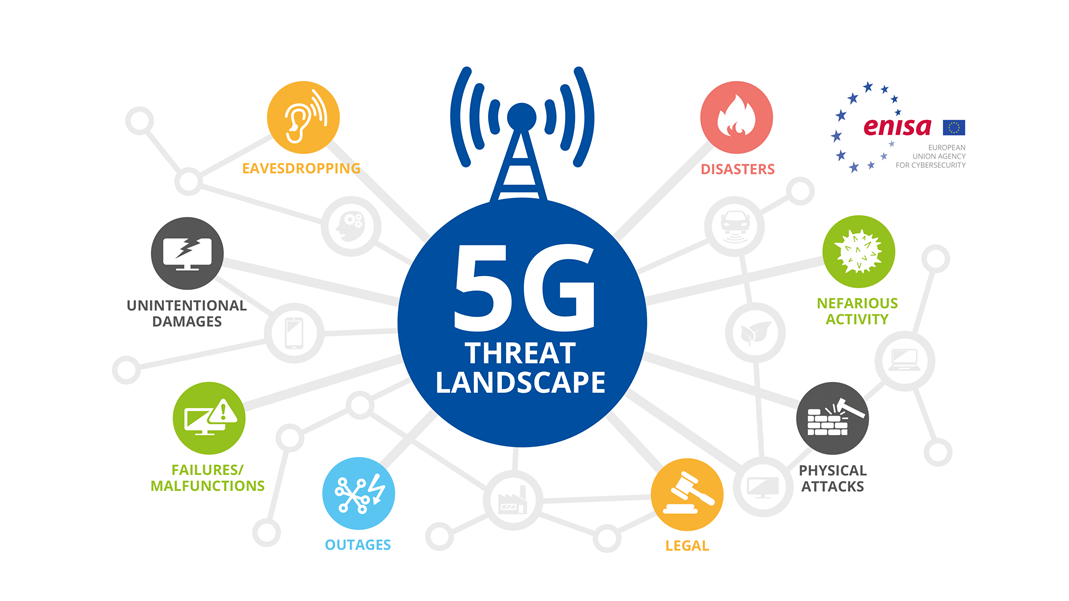

The Rise of 5G Networks: What You Need to Know
The fifth generation of wireless network technology, commonly referred to as 5G, has been making headlines in recent years. This latest iteration of wireless technology promises to revolutionize the way we communicate, work, and live our daily lives. With its ultra-fast speeds, low latency, and increased capacity, 5G is poised to transform numerous industries and aspects of our society. In this article, we will delve into the world of 5G networks, exploring what they are, their benefits, and what you need to know about this exciting technology.
What is 5G?
5G is a wireless network technology that provides faster data speeds, lower latency, and greater connectivity than its predecessors, 4G and 3G. The "G" in 5G stands for generation, indicating that it is the fifth generation of wireless network technology. 5G operates on a higher frequency band, known as millimeter wave (mmWave), which allows for faster data transmission rates and lower latency.
Key Features of 5G Networks
- Speed: 5G networks offer download speeds that are significantly faster than 4G networks. While 4G networks typically have download speeds of up to 100 Mbps (megabits per second), 5G networks can reach speeds of up to 20 Gbps (gigabits per second). This means that you can download movies, files, and other data in a matter of seconds.
- Latency: 5G networks have much lower latency than 4G networks. Latency refers to the time it takes for data to travel from your device to the network and back. With 5G, latency is reduced to as low as 1 ms (millisecond), compared to 4G’s latency of around 50 ms. This lower latency enables real-time communication and faster response times.
- Capacity: 5G networks have the ability to support a large number of devices, making them ideal for applications that require a high volume of devices to be connected to the internet at the same time, such as smart cities and IoT (Internet of Things) devices.
Benefits of 5G Networks
- Enhanced Mobile Broadband: 5G networks provide faster and more reliable mobile broadband experiences, enabling users to stream high-definition videos, engage in online gaming, and use cloud-based services seamlessly.
- Massive Machine-Type Communications: 5G networks support the connection of a large number of devices, enabling applications such as smart cities, industrial automation, and IoT devices.
- Ultra-Reliable Low Latency Communications: 5G networks enable mission-critical communications, such as remote surgery and autonomous vehicles, which require extremely low latency and high reliability.
- Improved Healthcare: 5G networks can enable remote healthcare services, such as telemedicine, and support the use of augmented and virtual reality in medical training and treatment.
Industry Applications of 5G Networks
- Healthcare: 5G networks can enable remote healthcare services, improve patient outcomes, and support the use of AR and VR in medical training and treatment.
- Manufacturing: 5G networks can improve manufacturing efficiency, enable remote monitoring and control of equipment, and support the use of Industry 4.0 technologies.
- Transportation: 5G networks can enable the development of autonomous vehicles, improve traffic management, and support the use of smart transportation systems.
- Smart Cities: 5G networks can enable the development of smart cities, where sensors and devices are connected to the internet, improving public safety, traffic management, and energy efficiency.
Challenges and Concerns of 5G Networks
- Security: 5G networks present new security risks, such as increased vulnerability to cyberattacks and the potential for data breaches.
- Health Risks: Some studies have raised concerns about the potential health risks associated with 5G networks, including the possibility of increased cancer risk and other health problems.
- Environmental Impact: The deployment of 5G networks requires the installation of a large number of cell towers, which can have a negative impact on the environment.
- Cost: The deployment and maintenance of 5G networks require significant investment, which can be a barrier to adoption for some countries and organizations.
What’s Next for 5G Networks?
- Global Deployment: 5G networks are being deployed globally, with many countries and operators investing heavily in the technology.
- Development of New Use Cases: As 5G networks become more widespread, we can expect to see the development of new use cases and applications that take advantage of the technology’s capabilities.
- Improvements in Security and Privacy: The industry is working to address concerns around security and privacy, with a focus on developing more secure and private 5G networks.
- Integration with Other Technologies: 5G networks will be integrated with other technologies, such as AI, blockchain, and IoT devices, to create new and innovative applications.
Conclusion
5G networks have the potential to transform numerous industries and aspects of our society. With their ultra-fast speeds, low latency, and increased capacity, 5G networks will enable new use cases and applications that were previously not possible. However, the deployment of 5G networks also presents challenges and concerns, such as security risks, health risks, environmental impact, and cost. As the technology continues to evolve, it is essential that we address these concerns and work towards developing more secure, private, and sustainable 5G networks.





2 thoughts on “The Rise of 5G Networks: What You Need to Know”